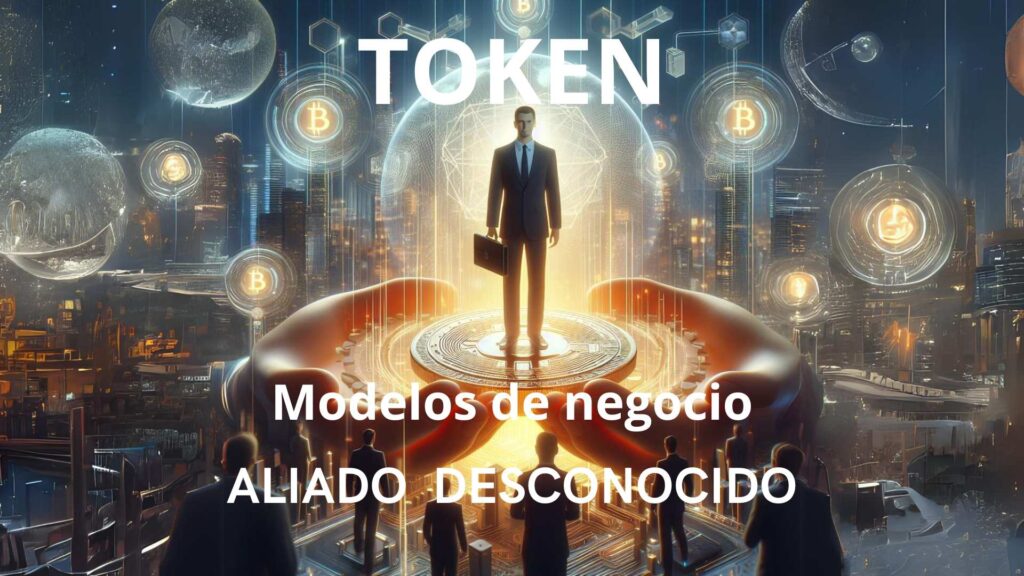🔹 In the following article written and developed by our CMO David Madrona SalazarWe will break down the meaning, importance and architecture that lead to a digital representation for your company, the digital business asset to realise the goals and profitability of your business model: the #token.
As we have already specified in previous articles, a token is a digital representation of an asset or right that is issued on a #blockchain platform.
To build a token for a company, the following steps must be followed:
1️⃣. Choose the right #blockchain platform for the type of token you want to create. Some of the most popular are Ethereum, Binance Smart Chain, Solana, Cardano, Tron or Polkadot.
2️⃣. Define token characteristics and functionality, such as name, token, provisioning, divisibility, transferability, governance, etc.
3️⃣. Write the smart contract code that governs the logic and its operations. You can use a template code or a payment token creation service, or hire an STO (security token offering) development company.
4️⃣.Deploy the smart contract on the chosen #blockchain network and verify its correct operation.
5️⃣. Conduct a security token offering (STO) to sell the token to the public and raise funds for the project. Legal and regulatory requirements in each jurisdiction must be met, and supported by a tokenisation platform to facilitate the process.
For these 5️⃣ fundamental steps to be carried out successfully and with maximum guarantees, you must elaborate, analyse and study in detail what will be the value of this digital representation in your business model, and how you should adapt it to it, in traditional financial engineering it would be a market study, here we are talking about #tokenomics:
Token economics, also called #tokenomics, is the study of the factors that determine the value and utility of a cryptographic token. Tokenomics analyses aspects such as the supply, demand, distribution, governance, security and incentives of a token, as well as its impact on the cryptocurrency ecosystem and market.
Its purpose is to design tokens that are sustainable, scalable and attractive to users and investors. Some of the most relevant variables of tokenomics are:
✍🏻Offer of a token: It can be fixed, variable or inflationary, depending on how the token is issued and burned. Supply affects scarcity and availability, and therefore price.
✍🏻Demand for a token: Depending on utility, adoption, speculation and user preference. Demand influences value and volume and their trade.
✍🏻Distribution: It refers to how the token is shared among creators, investors, users and other actors. It determines the degree of decentralisation and equity of the asset, as well as its potential for growth and governance.
✍🏻Governance: The mechanism that allows token holders to participate in decisions affecting the project or protocol. It can improve transparency, trust, innovation and sustainability.
✍🏻Security: Composed of the ability to protect the token from malicious attacks, fraud, theft or loss. Security will be linked to the design of the token, the #blockchain platform, safekeeping measures and legal regulations.
✍🏻Incentive programme: The benefits offered to token holders for their participation, collaboration or contribution to the project or protocol. They will vary whether they can be economic, social or reputational, and can stimulate desired user behaviour and increase the value of both the digital representation and the company.
Therefore, and taking into account all of the above, we can affirm that although it is true that this technology can be applied in many business models and their corresponding sectors, it is necessary to act with sufficient honesty to detect whether applying the technological layer can mean an exponential benefit, or a failure, which will really depend on whether the traditional model is already profitable, scalable and solid, in order to stand out and position itself as a benchmark, and classify itself within the new digital economic revolution.

